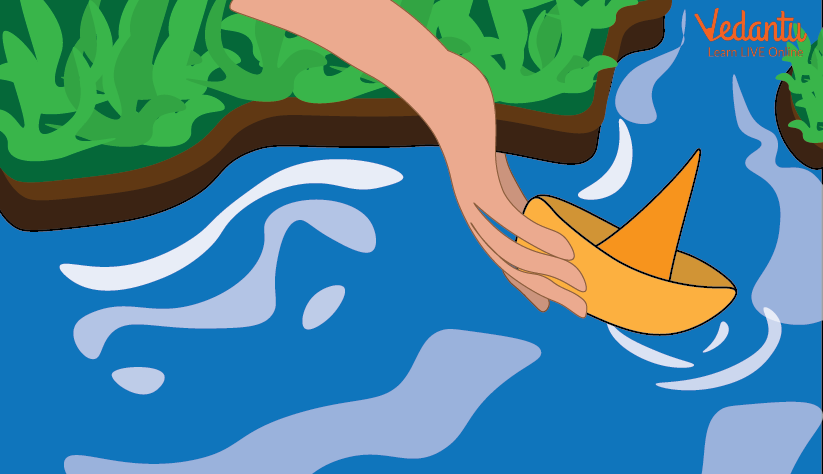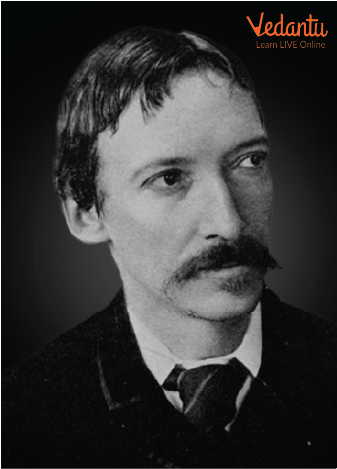Introduction to the Story
Where Go the Boats sets a straightforward Robert Louis Stevenson story about a kid's boats cruising down a waterway. The kid watches them; he asks when they will return, then, at that point, acknowledges as he watches them float away that they won't ever will. "Other young kids, Shall bring my boats aground," he says.

Boats
However, this sonnet is taken from Stevenson's book of sonnets for kids, A Child's Garden of Verses; the sonnet's feelings of misfortune, yearning for return, and giving up, arrive a long way past a youngster's quick encounter.
In setting this text for the Harmonium Choral Society, it was striking how the storyteller adapts to the lost boats. Similarly, a grown-up should adapt to lost love.
About The Poet
Robert Louis Stevenson (Robert Lewis Balfour Stevenson; 13 November 1850 - 3 December 1894) was a Scottish writer, artist, and travel essayist. He is most popular for works like Treasure Island, Strange Case of Dr. Jekyll and Mr. Hyde, Kidnapped, and A Child's Garden of Verses.

Robert Louis Stevenson
Born and raised in Edinburgh, Stevenson experienced serious bronchial difficulty for quite some time of his life, yet kept on composing productively and generally traveling in disobedience to his chronic weakness. As a young fellow, he blended in London scholarly circles, getting consolation from Andrew Lang, Edmund Gosse, Leslie Stephen, and W. E. Henley, the remainder of whom might have given the model to Long John Silver in Treasure Island. In 1890, he got comfortable in Samoa, frightened at expanding European and American impact in the South Sea islands. His composing got some distance from sentiment and experience fiction toward a more obscure authenticity. He passed on in his island home in 1894 at age 44.
Stevenson likewise distributed a well-known book of sonnets, A Child's Garden of Verse.
Suffering from serious tuberculosis, he went through numerous years, starting with one country and then onto the next, looking for the best environment to suit his ailment. He at long last settled down on the Pacific island of Samoa, where he kicked the bucket in 1894.
The Poem
Dark brown is the river,
Golden is the sand.
It flows along forever,
With trees on either hand.
Green leaves a-floating,
Castles of the foam,
Boats of mine a-boating -
Where will all come home?
On goes the river
And out past the mill,
Away down the valley,
Away down the hill.
Away down the river,
A hundred miles or more,
Other little children
Shall bring my boats ashore.
Circumstance
A little fellow is perched on the bank of a stream. He is making boats out of bits of paper. He puts each boat onto the water and looks as the ebb and flow complete it downstream and out of sight. What in the end befalls his boats? Do they arrive at the ocean or do they soak in the whirling water? It is absolutely impossible that he can figure it out.
Maybe downstream, another kid is sitting on the bank of a similar waterway. Maybe this kid ventures into the water and removes the boats from the stream.
Summary
The kid won't ever be aware. Nothing remains at this point but to envision what befalls his paper boats as the stream conveys them into what's in store.
The lost things are gone forever. They will, regardless, be cherished in the future later on. This setting mirrors a touch of that bittersweetness and that sorrow.


FAQs on Poem on “Where Go the Boats”
1. Write about the Legacy of Robert Louis Stevenson.
Stevenson became an indefatigable letter writer, and his letters (edited via Sidney Colvin in 1899) offer an active and spell-binding picture of the man and his existence. But Colvin neglected most of the maximum interesting letters and compressed and dovetailed others, with the result that many vital data approximately. Stevenson’s emotional lifestyle remained unknown until the real textual content of all of the letters was available. Colvin provided Stevenson’s letters to Fanny Sitwell to what's now the National Library of Scotland with the provision that they were no longer to be opened until 1949; the unveiling and often charming letters to Charles Baxter, a chum, had been deposited to the Yale University Library.
2. Describe Stevenson's writing career.
In 1867, Stevenson entered the University of Edinburgh as a science understudy where it was perceived he would continue in the family custom to turn into a structural designer and join the family constructing firm. Be that as it may, Stevenson was unbiased in the courses and directed his concentration toward French writing, Scottish history, and the progressive works of Charles Darwin and Herbert Spencer.
Notwithstanding a redirection in his examinations, he started to foster a more bohemian appearance, developing his hair long and wearing a velvet coat when about town. He likewise grew more skeptic convictions, separating from those of his folks, and started investing more energy in the parlour of the Speculative Society - a gathering for speakers and essayists at the college.
3. What does he dream about his boats?
As per western thought, dreams of boats foretell bright prospects if you see yourself sailing on clear waters. If the water is unsettled and turbulent, it means that troubles and worries await you. If you see yourself having a merry party on a boat ,then it means that lots of favours shall come your way.





